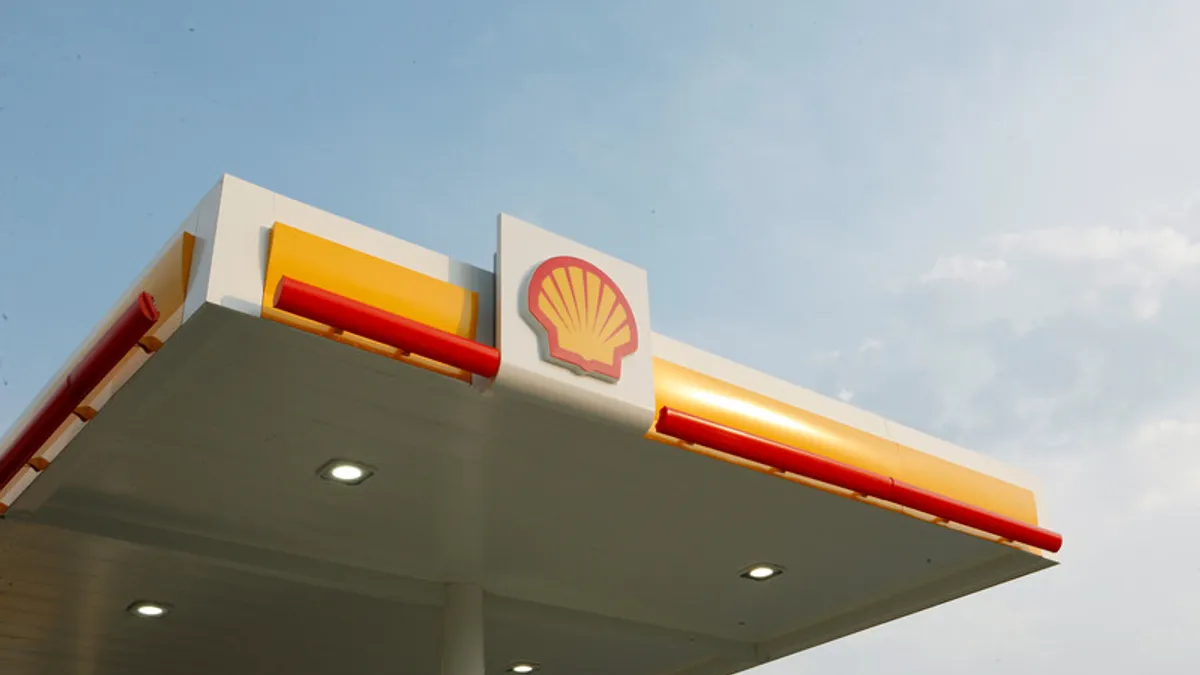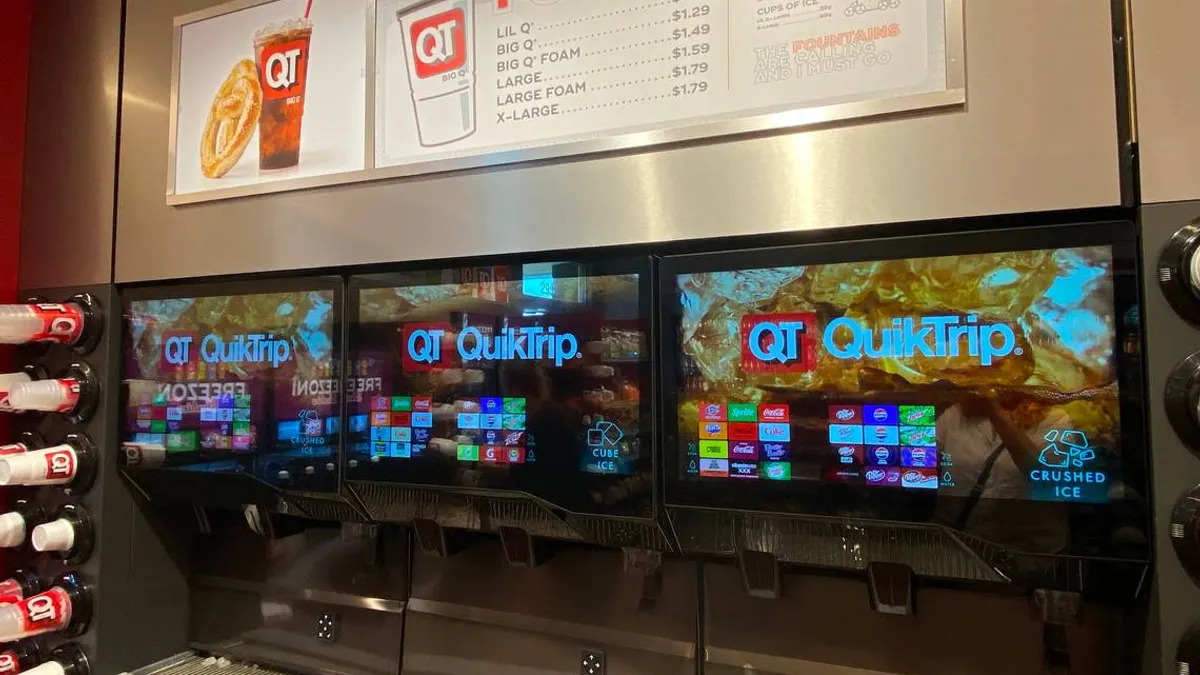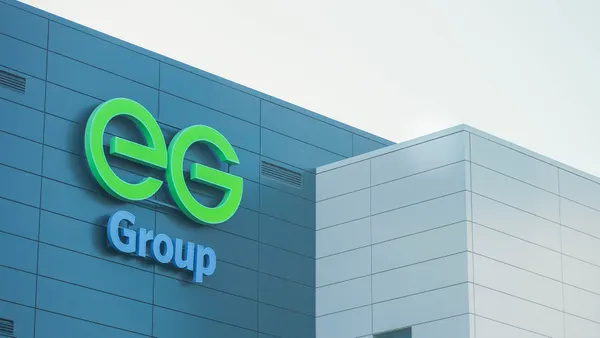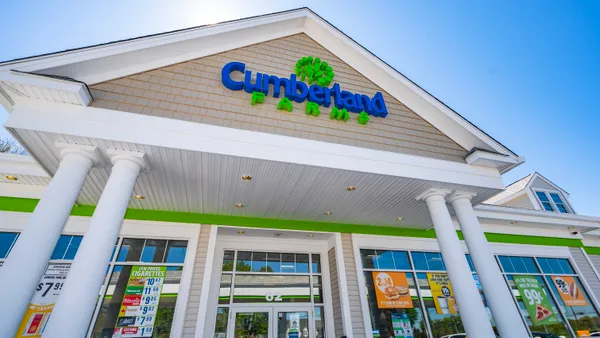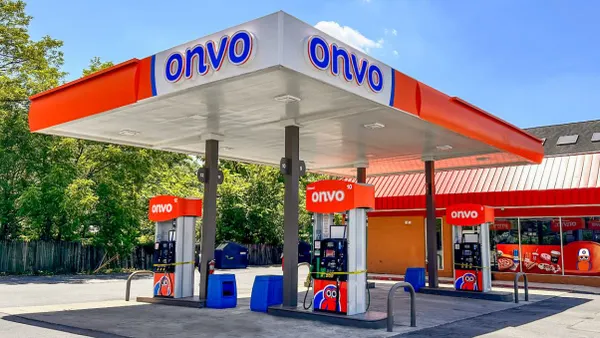Shell turned heads across the convenience store industry last month when it revealed that it plans to sell 1,000 company-owned retail sites around the globe by 2026.
The convenience retailer and oil giant didn’t outline many details of this strategy, like why it’s looking to sell these sites or where they’re located. Shell shared the plan in its 2024 Energy Transition Strategy report.
Shell only noted in that report that these moves will be connected to its multi-billion-dollar program to upgrade its retail network with low-carbon energy solutions, including a heavy focus on electric vehicle charging stations.
However, it turns out that Shell had already quietly announced these plans — and the reasoning behind them — during its Capital Markets Day last summer.
During that meeting, multiple executives from Shell said that these planned divestitures underscore the company’s broader goal to to reduce its capital expenditures from about $6 billion as of last summer to $3 billion by the end of 2025.
Chief Financial Officer Sinead Gorman said reducing these expenses will require Shell to exit “high-cost and lower-return businesses and [simplify] the remaining core.”
“This is about streamlining the way we work, simplifying our processes and being laser focused,” Gorman said. “We will seek to achieve structural savings across all parts of Shell.”
Huibert Vigeveno, downstream, renewables and energy solutions director for Shell, referred to this strategy as “value over volume” multiple times during last summer’s meeting. This means identifying and driving cost efficiencies and selectively growing where Shell sees “truly compelling opportunities,” he noted.
“We will retire our ambition for 55,000 Shell-branded Mobility stations by 2025 … and drive value over volume, disposing of sites and taking opportunities when they arise, allowing us to focus on attractive markets only,” he said.
Shell has already gotten started on this divestment strategy. Last November, the company sold its majority interest in its retail stores in Pakistan — which included roughly 600 fueling sites — to Saudi Arabian energy company Wafi Energy LLC.
A spokesperson from Shell recently confirmed that the 600 sites sold in Pakistan are part of the 1,000 stores Shell had planned to divest, meaning there are about 400 stores left to offload.
While the spokesperson declined to share where those other 400 stores are located, Shell executives noted during last summer’s meeting that it will not only keep its c-stores in the U.S., but plans to grow its retail presence in America as well.
“We will pursue paced growth in key markets where we can generate high returns, like here in the U.S … and increase direct ownership of our retail stations,” Vigeveno said during the meeting.
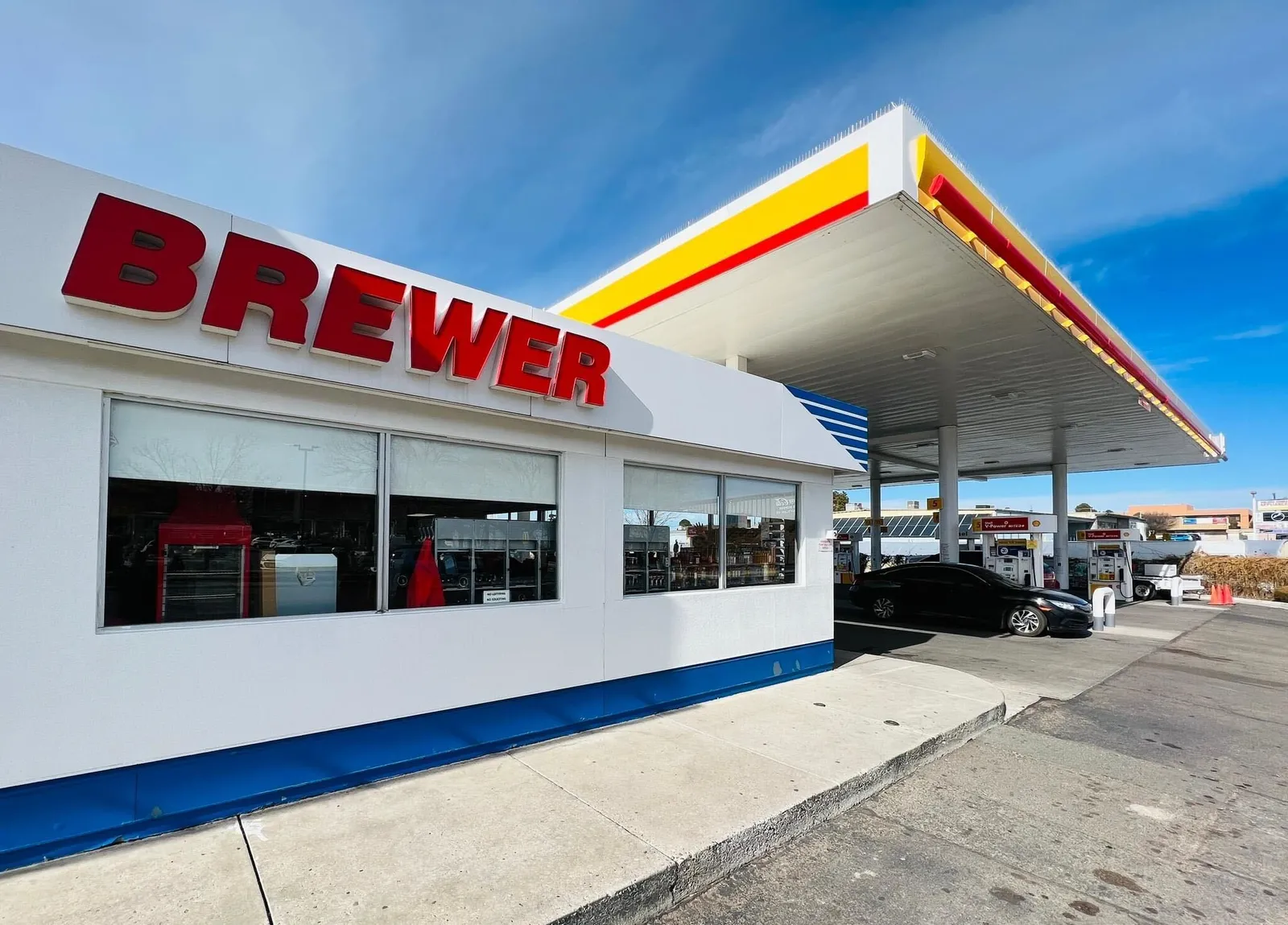
Vigeveno specifically called out Shell’s 2021 acquisition of 248 Timewise c-stores from Texas-based retailer Landmark Industries, which marked the company’s return to company-operated c-stores after leaving that side of the business in 2007.
“With the purchase of Landmark, including the Timewise brand in Texas, we have more control over convenience retail, and that is where we want to keep growing,” he said.
More recently, Shell acquired the retail arm of Brewer Oil Company, which included 45 convenience stores and fueling stations in New Mexico.
During the 2023 meeting, Vigeveno noted that Shell’s expense reduction goals were implemented because its “performance in recent years was below expectations.” He also said he thinks the company “got a bit ahead of ourselves in terms of growth” in some countries.
But the U.S. appears to be a focal point for Shell moving forward, especially when it comes to building out its c-store and EV charging network.
“I’m focusing much more on areas where I can get the returns for the growth investments I have, particularly when they relate to different areas, like convenience retailing,” he said. “That’s why we acquired Landmark here in Texas with the Timewise brand.”



